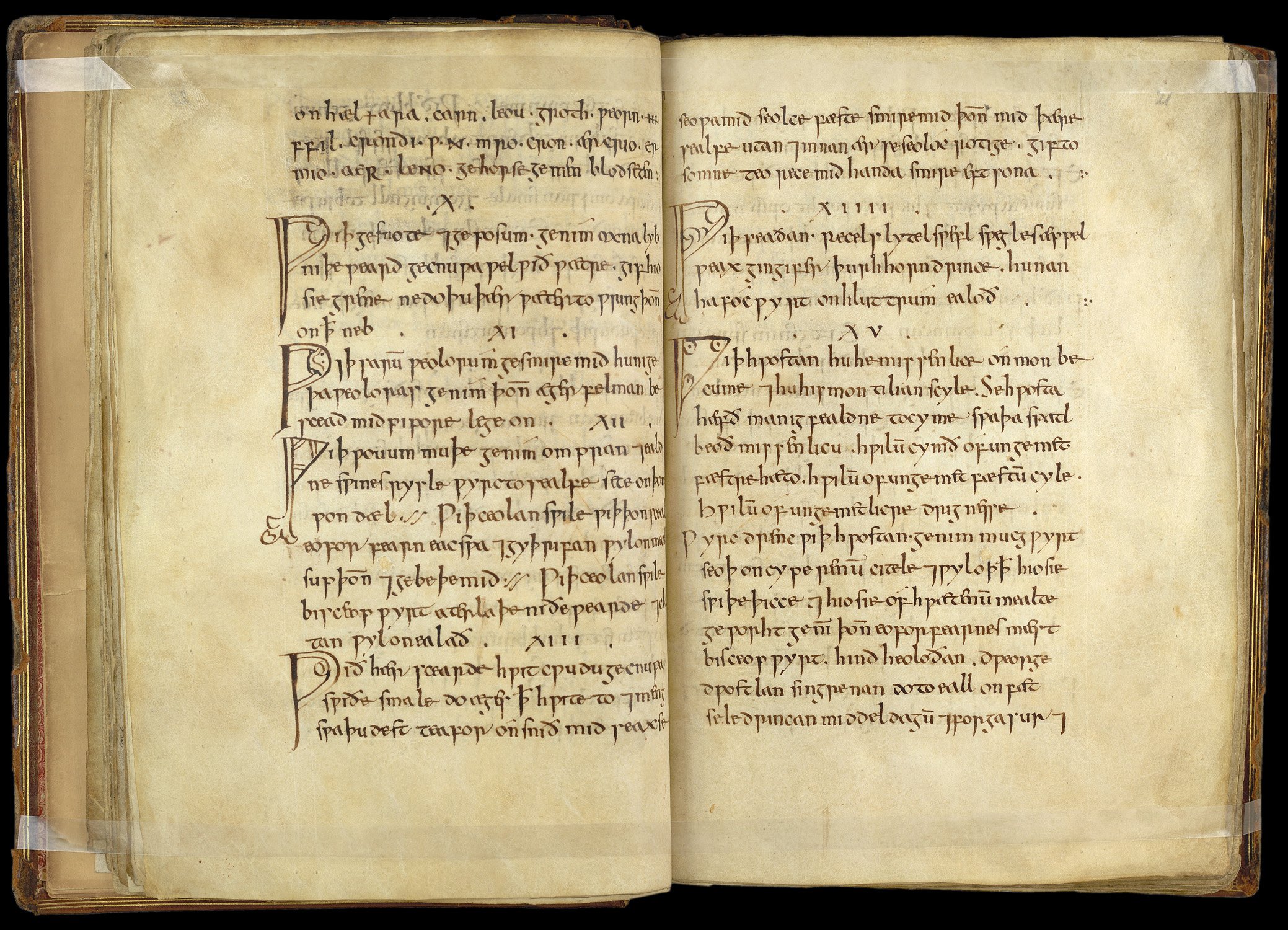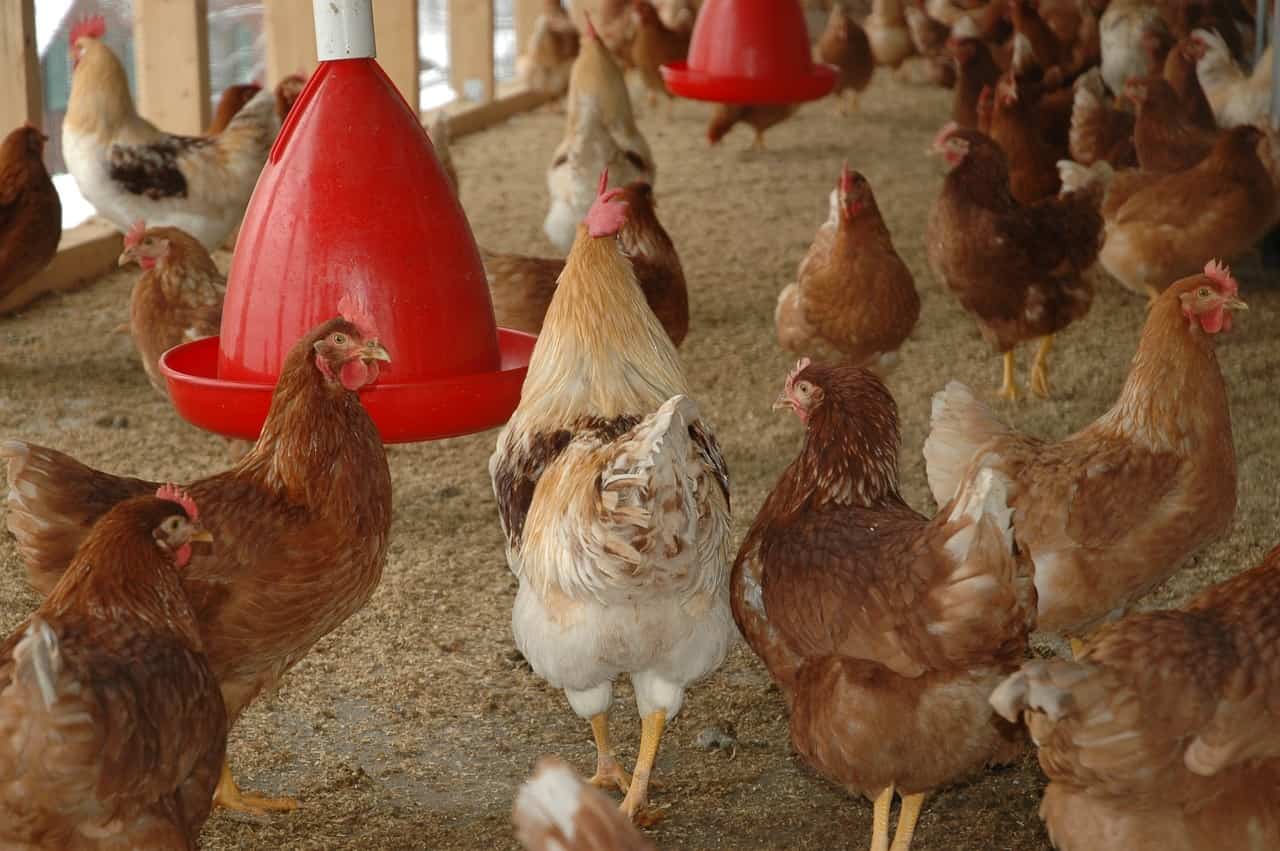
According to statistics from the Federal Ministry of Health, 400,000 to 600,000 people in Germany fall ill every year due to infections caused by so-called multi-resistant bacteria. Between 10,000 and 15,000 people die from them. These germs form a protective biofilm that protects themselves from being attacked by antibiotics. Antimicrobial agents that attack these bacterial biofilms are needed on order to successfully combat this level of resistance.
Researchers at the University of Warwick, UK, have now found a drug that works against five strains of bacteria that cause biofilm infections: The ‘Balds Eyesalve‘, which was already widely used during the Middle Ages. In their work ‘Anti-biofilm efficacy of a medieval treatment for bacterial infection requires the combination of multiple ingredients‘, Dr. Freya Harrison, Jessica Furner-Pardoe, and Dr. Blessing Anonye have looked at remedies that might use everyday, natural ingredients to help fight resistant bacteria.
Efficacy against five wound pathogens
The approximately 1,000-year-old ‘Balds Eyesalve’ is made from onion, garlic, wine, and bile salts. And it is precisely this combination that apparently has a promising antibacterial effect on five wound pathogens: Acinetobacter baumanii, Stenotrophomonas maltophilia, Staphylococcus aureus, Staphylococcus epidermidis and Streptococcus pyogenes. The team was also able to show that the mixture causes only minor damage to human cells.
Allicin, the active ingredient in garlic, can be effective against various bacteria, however is ineffective against biofilms on its own. The decisive factor for the salve is, therefore, the combination of the active ingredients. „We have shown that a medieval remedy made from onion, garlic, wine, and bile can kill a range of problematic bacteria grown both planktonically and as biofilms.“, explains Dr. Freya Harrison from the School of Life Sciences at the University of Warwick. “Because the mixture did not cause much damage to human cells in the lab, or to mice, we could potentially develop a safe and effective antibacterial treatment from the remedy.“
“Most antibiotics that we use today are derived from natural compounds, but our work highlights the need to explore not only single compounds but mixtures of natural products for treating biofilm infections,” she points out. We think that future discovery of antibiotics from natural products could be enhanced by studying combinations of ingredients, rather than single plants or compounds. In this first instance, we think this combination could suggest new treatments for infected wounds, such as diabetic foot and leg ulcers.”
Recipes from the 10th century
Christina Lee from the School of English at the University of Nottingham, UK, had previously studied the ‘Bald’s Leechbook‘, an Old English leather-bound book in the British Library, for effective antibacterial agents. The hand-written Leechbook from the 10th century is considered one of the earliest existing medical textbooks. Among other things, it contains prescriptions for medication, salves, and treatments.
Bald’s eyesalve underlines the significance of medical treatment throughout the ages.” says Lee. “It shows that people in Early Medieval England had at least some effective remedies. The collaboration which has informed this project shows the importance of the arts in interdisciplinary research.”




